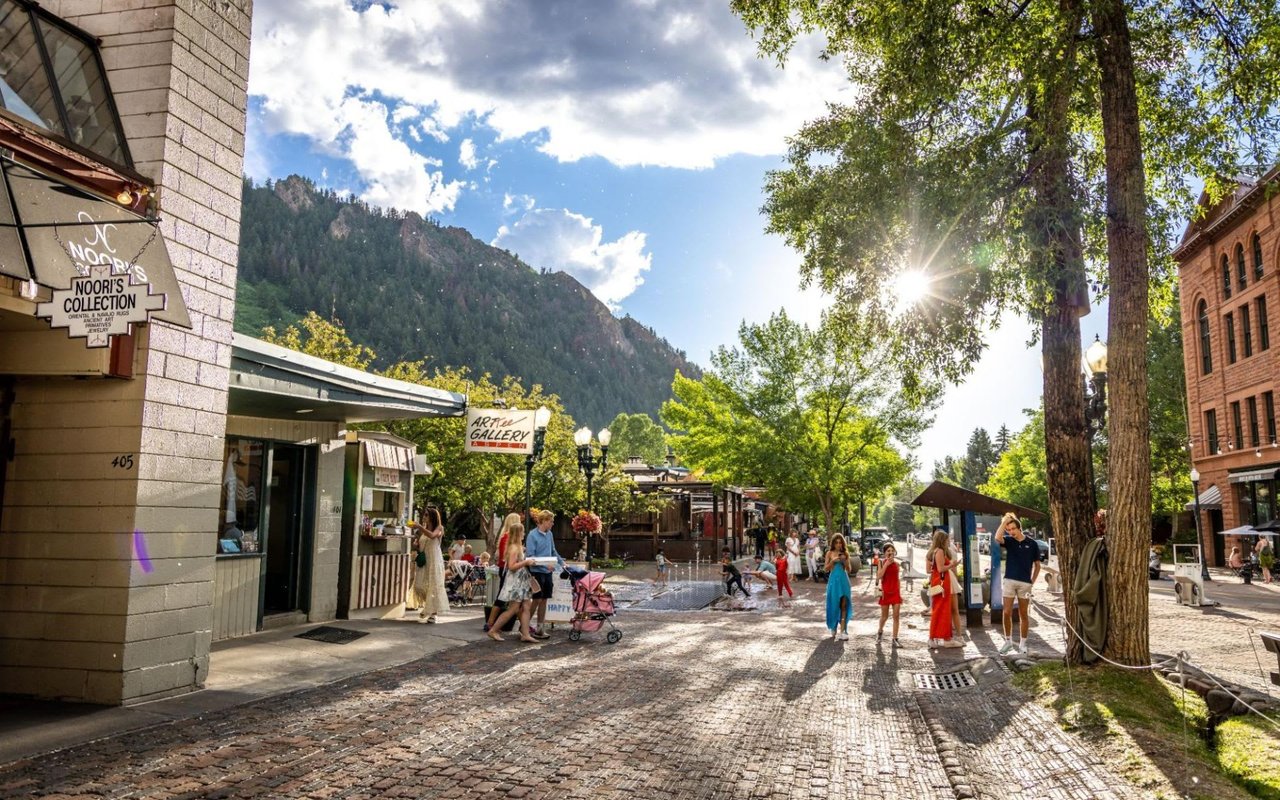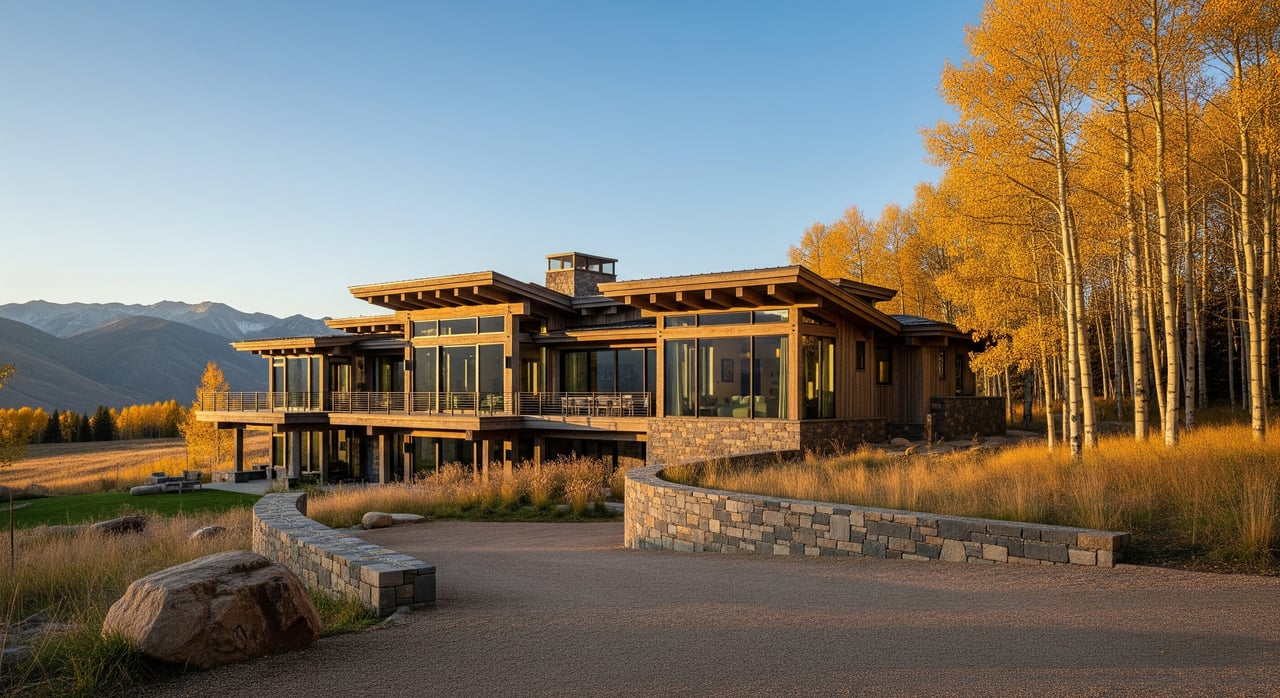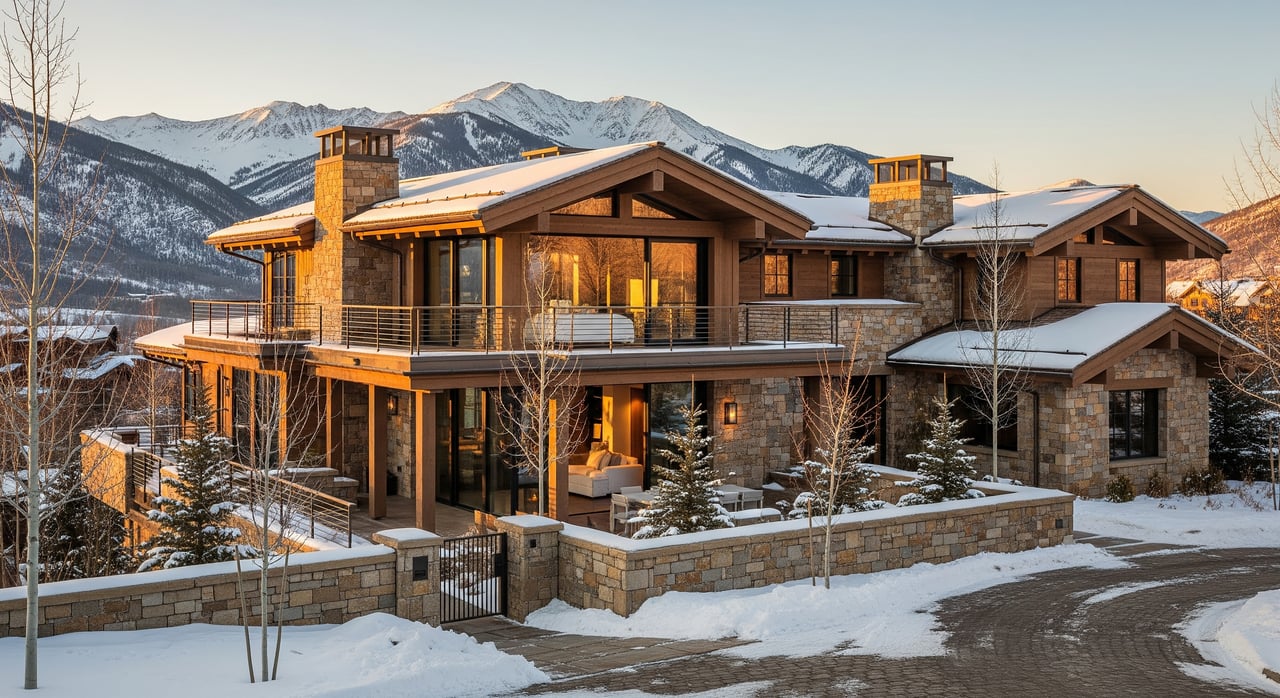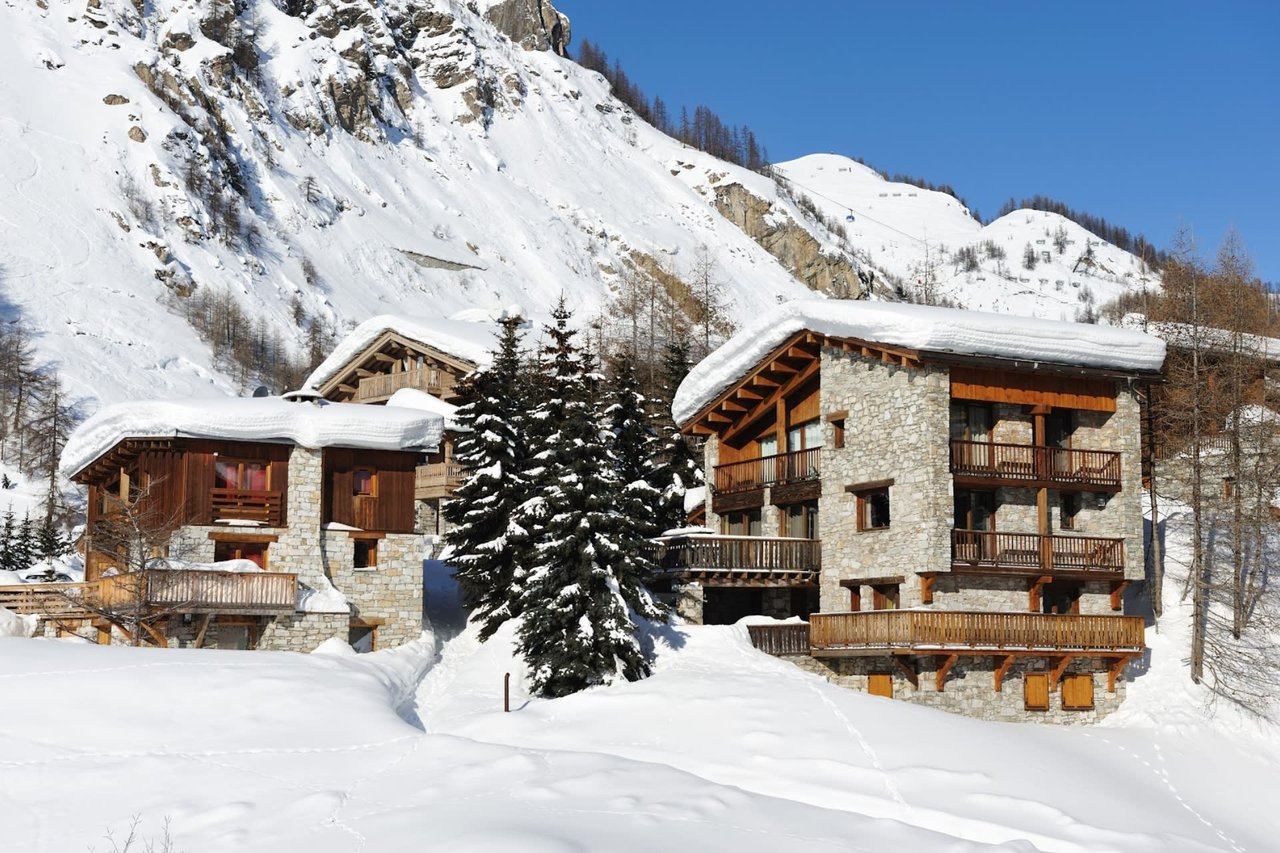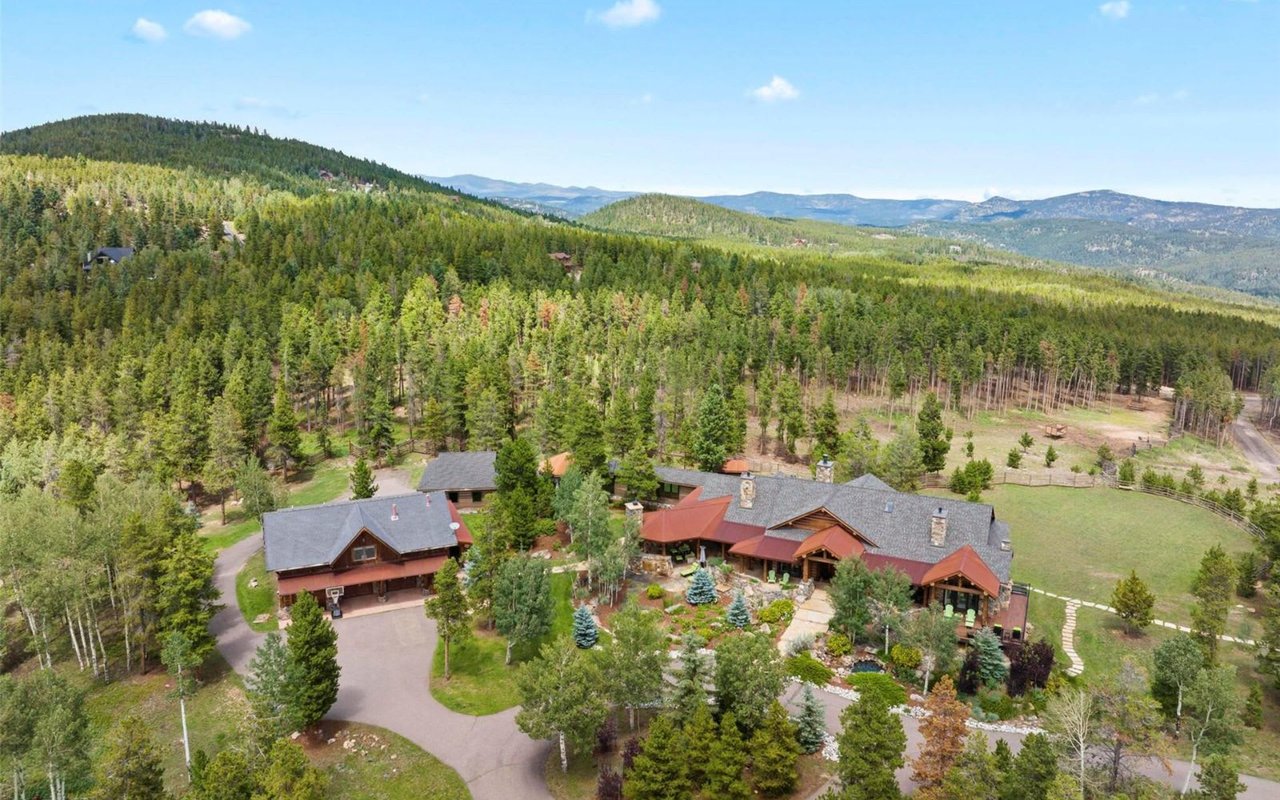As Americans, one of the best opportunities we have for our families is the ability to choose where we live and work. With more and more jobs becoming remote — accountants, analysts, IT, and architects, to name a few —- we have more choices regarding where we live. So, why would you choose a walkable city? Whether or not you’re working remotely, walkable cities have countless benefits to your overall lifestyle. Consider all the money you might save on gas and car maintenance, plus you can enjoy increased physical health, a happier demeanor, and a genuine sense of community.
Researchers at the University of Cambridge found those who spent more time cycling or walking had a reduced rate of early death by
20%, a reduced rate of cardiovascular disease by
24%, and a
16% reduced rate of death from cancer. Even if these were the only benefits, the health advantages alone would likely be more than enough to convince you to choose a walkable city. However, walkable cities also offer friendly neighbors, a sense of community, and a feeling of being “at ease” in your town.
Let’s discuss some of the most significant benefits of living in a walkable city.
A healthier lifestyle
As mentioned above, one of the most significant benefits of living in a walkable community is the increase in physical activity. Bicycling and walking are forms of physical activity that release endorphins, which are shown to increase happiness and overall well-being. When you have a more active and healthy lifestyle, you’re more likely to continue that lifestyle in every aspect of your day-to-day life. Whether this means choosing more nutritious foods, taking vitamins, taking the stairs at work, or getting into other forms of activity, consistently being on the move can increase physical activity and health in every area of life.
Greater experiences and opportunities
Walkable cities also provide tons of area experiences, including life experiences that often involve community, friends, and neighbors. When you are part of a close-knit community of friends and neighbors who are in constant interaction, you generate more profound experiences and closer connections that often help shape who you are. This is especially true of children. In fact, one study done by the
University of Virginia found that children who grew up in walkable communities were more likely to grow up with aspirations and successes, both psychologically and economically. Part of this had to do with feeling connected in a walkable, closely connected city, among other factors.
A cleaner city
Having fewer cars and other forms of transportation in a more walkable community means less exposure to exhaust fumes, which translates into a more environmentally friendly and clean community. Not only that, but you’ll save on the cost of gas, which means you can put that money toward other activities and adventures.
Local shopping and dining
One of the greater benefits of walkable communities is the ability to help the local economy. When you have plenty of shopping and dining within walking distance, you’re more likely to shop locally. It’s easy to develop a rapport with local business owners, generate favorite spots to meet friends, and support your community. This is essential for the local economy and stability.
Aspen: a walkable city
Looking at walkable cities across the nation, the majority of those you read about are larger cities. Take New York City, for example. Despite the abundance of taxis you see cruising the city, the city’s commitment to creating a pedestrian-friendly area by closing the streets around Times Square has really fostered a truly walkable city. Other major cities, like Boston, Chicago, Seattle, and Washington, D.C., also head the typical lists for walkable areas.
What makes these large cities walkable? They offer downtown areas with easy access to restaurants, shopping, and entertainment spots. Plus, residents can easily commute to work by biking or walking, in addition to public transit stops they can reach on foot. Although major cities are often talked about in terms of their convenience in getting where you need to go, they aren’t the only walkable cities that offer plenty of benefits for their residents.
Tucked away among the Rocky Mountains in the Roaring Fork Valley of Colorado is the small mountain town of Aspen. As an eco-friendly community, you’ll find sustainability, a bike-sharing program, accessible bus routes to ease congestion, and plenty of pedestrian-friendly areas throughout the town. The entire community is walkable thanks to the wide sidewalks, lower speed limits, and Aspen Pedestrian Mall. All over Downtown Aspen, you’ll find people walking, biking, and even skiing or snowshoeing around town. The Pedestrian Mall is completely closed to vehicles, so those wanting to explore the historic brick-paved streets and peruse various art galleries, bars, museums, shops, or restaurants will find it very relaxing.
Not only is Aspen one of the more desirable destinations to visit, but downtown Aspen luxury homes are highly sought-after and keep downtown Aspen real estate agents in high demand. All of this is amplified by the town's extreme walkability and pedestrian-friendly features.
When you meander through the downtown area, you’ll find flashing crosswalks, no-thru traffic, convenience to hiking trails, parks, and more. With the WE-Cycle bike-sharing program, those looking to stay active in this bike-friendly area can rent a bike anytime to get around town and connect throughout the region. Bike stations are within 300 feet of the RFTA bus stops, and plenty of trails and pedestrian bike paths are available. This is also a great way to commute to areas like Snowmass Village or down in the valley while eliminating any traffic you might encounter.
Overall, one of the best parts of walkable communities is creating a sense of connectedness and pride within the region. As humans, we need physical activity, endorphin boosts, and happiness that walkable communities often provide, with enhanced social connections and an uplifted feeling throughout the entire community.
If you’re interested in looking at downtown
Aspen real estate and want to get a feel for this lovely walkable community, let’s get started. Contact Jennifer Banner of Christie's International Real Estate today.
*Header photo courtesy of Unsplash
